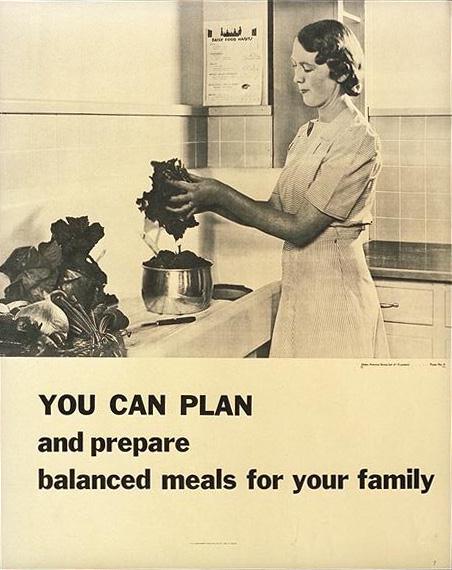Most of my life I’ve been like, “What’s the big deal about granola!?” Even when we made it at Local Harvest, I thought “this is good, but….I don’t get it.”
Until recently when I couldn’t afford $4 boxes of cereal (and frankly didn’t want to eat that sugar laden, preservative filled, GMO’d stuff) and needed another option. Once I made my own granola, I was blown away by how delicious it was. Maybe because I made it myself, or maybe because I took care in choosing the ingredients – but whatever it was, I hadn’t eaten granola so satisfying before.
Since I started making granola in my own kitchen, I can’t stop eating the stuff. And I can change the flavor as much as I like and I control the ingredients completely. After about five months of eating it, I’m not sick of it yet.
Granola is simple. Generally it is just oats (old fashioned rolled oats – not instant or steel cut) and nuts, covered in a mixture of sweet (sugar, molasses, honey) and fat (oil, butter) then baked for a short time. I recently made three different granolas, to show you the range of fats and sugars you can use – as well as the different things you can throw in, from nuts to dried fruit. These recipes yield a very small amount of granola, I usually make about 3 or 4 times this much and it lasts for at least a month in an airtight container.
The basics of granola making are: heat sugar and oil mixture (with other flavors if you desire), stir into oats and nuts, spread on cookie sheet(s) and bake at 250 – 300 degrees for about an hour, mixing and rotating often. Once it has cooled, mix in dried fruits, chocolate, or anything else you want to use raw.
Honey Butter Granola
This is a light granola with a subtle flavor, the honey gives it just a slight sweetness.
1/2 c honey
4 Tbl butter
1/2 tsp vanilla
pinch of salt
2 c oats
1/2 c pecans (raw and chopped)
1/4 c sunflower seeds (I used roasted, but you can use raw)
1. Place honey, butter, vanilla, and salt in a small pot – heat until butter is melted and everything is combined.
2. Place oats, pecans, and sunflower seeds into a bowl – stir in honey butter mixture.
3. Once well mixed, spread onto cookie sheets in a thin layer and place into a 250 degree oven.
4. Turn pans stir granola every 20 minutes for an hour. The granola will still seem soft, but once it dries it will harden into perfectly crunchy granola.
Molasses Hazelnut Granola
This is a darker granola, with a richer flavor. I love using unsulphured molasses for it’s complicated flavor and it nutrients. Reminds me of gingerbread a little bit.
1/4 c brown sugar
2 Tbl unsulphured blackstrap molasses
2 Tbl grapeseed oil
1/2 tsp cinnamon
pinch of salt
2 c oats
1/2 c hazelnuts (chopped)
1/4 c flax seeds
1. Place brown sugar, molasses, oil, cinnamon, and salt in a small pot – heat until everything is combined.
2. Place oats, hazelnuts, and flax seeds into a bowl – stir in sugar oil mixture.
3. Once well mixed, spread onto cookie sheets in a thin layer and place into a 300 degree oven.
4. Turn pans stir granola every 20 minutes for an hour. The granola will still seem soft, but once it dries it will harden into perfectly crunchy granola.
Super Seed Granola
This is called Super Seed, not only because I used a couple different kinds of seeds, but I also used a Garden of Life product called Super Seed to add flavor and fiber to this granola. This granola uses coconut oil and agave, giving it an interesting flavor.
*Note: you can replace the 1/4 c brown sugar with 1/4 c agave.
1/4 c brown sugar
2 Tbl coconut oil
2 Tbl agave
pinch of salt
2 c oats
1/4 c Super Seed
1/4 c sesame seeds
2 Tbl pinenuts
1/4 c pepitas
1. Place brown sugar, agave, coconut oil, and salt in a small pot – heat until everything is combined.
2. Place oats, Super Seed,sesame seeds, pine nuts, and pepitas into a bowl – stir in agave oil mixture.
3. Once well mixed, spread onto cookie sheets in a thin layer and place into a 250 degree oven.
4. Turn pans stir granola every 20 minutes for an hour. The granola will still seem soft, but once it dries it will harden into perfectly crunchy granola.
Go crazy! Try anything! Let me know how it works out.
And if you don’t want to make your own, Sarah Kate makes amazing granola for sale various times of the year – I suggest getting yourself a bag (she evens ships it).
















